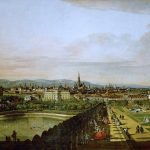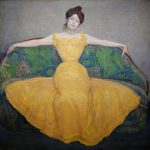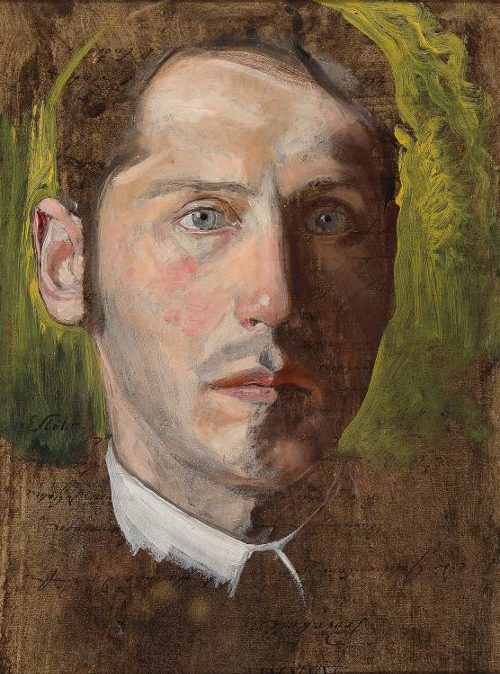
Ernst Stöhr (1860-1917) was an Austrian artist, musician, poet, and a significant figure in the Viennese Secession movement. Born in the tumultuous era of the Austro-Hungarian Empire, Stöhr’s life and work were deeply influenced by the cultural and societal changes that characterized the late 19th and early 20th centuries. His multifaceted talents across various artistic domains underscore his unique position in the annals of Austrian art history.
Stöhr’s early life was marked by a profound engagement with the arts, nurtured by a supportive family environment. He showed an exceptional aptitude for drawing and painting from a young age, alongside a keen interest in literature and music. This early exposure to diverse artistic disciplines would play a crucial role in shaping his career, allowing him to explore and express his creativity through multiple mediums.
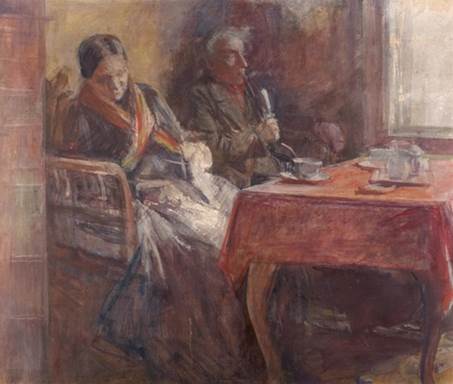
After receiving his initial education in local institutions, Stöhr pursued his artistic training at the Academy of Fine Arts Vienna, where he was exposed to the academic art traditions of the time. However, Stöhr’s restless creative spirit soon found itself at odds with the conservative norms and practices that dominated the Viennese art scene. Seeking to break free from these constraints, he became an advocate for artistic innovation and experimentation.
In 1897, Ernst Stöhr was among the group of artists who founded the Vienna Secession, a movement that sought to challenge the traditional boundaries of art and embrace a more inclusive and progressive approach. The Secessionists aimed to create a new artistic language that reflected contemporary life and thought, distancing themselves from historicism and embracing modernity. Stöhr’s contributions to the movement were significant, both in terms of his artistic output and his theoretical writings on art and aesthetics.
Depth & Color
As a painter, Stöhr’s work is characterized by its emotional depth and expressive use of color and form. He often depicted scenes of nature, allegorical subjects, and portraits, infusing them with a sense of introspection and psychological complexity. His art, while deeply personal, also engaged with broader themes of human experience and the search for meaning in an ever-changing world.
Stöhr’s literary and musical compositions further reflect his interdisciplinary approach to art. He wrote poetry and prose that explored similar themes to those in his visual art, and his compositions for piano are noted for their lyrical quality and emotional resonance. This cross-pollination of artistic disciplines not only enriched Stöhr’s work but also contributed to the broader cultural discourse of the time, challenging conventional distinctions between different forms of artistic expression.
Throughout his career, Ernst Stöhr remained an influential figure within the Vienna Secession and the wider European art community. His work was exhibited in numerous shows, including the landmark exhibitions of the Secession, where he played a key role in promoting the ideals of the movement. Despite facing criticism from more conservative quarters, Stöhr’s dedication to artistic freedom and innovation won him the admiration and respect of his peers.
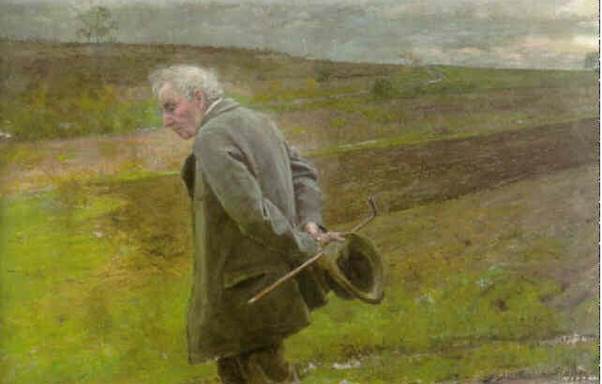
Stöhr’s contributions to the Vienna Secession and his broader artistic legacy cannot be overstated. His ability to navigate and contribute to various artistic domains made him a quintessential Renaissance man of his time. His work embodies the spirit of fin-de-siècle Vienna, a period marked by profound cultural and intellectual ferment.
World War I Comes
The outbreak of World War I and the subsequent social and political upheavals had a profound impact on Stöhr’s life and work. The war’s devastation and the collapse of the Austro-Hungarian Empire marked the end of an era and the beginning of a period of uncertainty and change. For Stöhr, these events brought about a reflective and somber tone in his later works, mirroring the collective anxieties and aspirations of his contemporaries.
Ernst Stöhr’s death in 1917 marked the close of a career that was as diverse as it was impactful. Though he is perhaps less well-known internationally than some of his Secession contemporaries, his contributions to the arts during a pivotal period in Austrian history remain significant. Today, his work is preserved in museums and collections, serving as a testament to his artistic vision and his commitment to exploring the depths of human creativity.
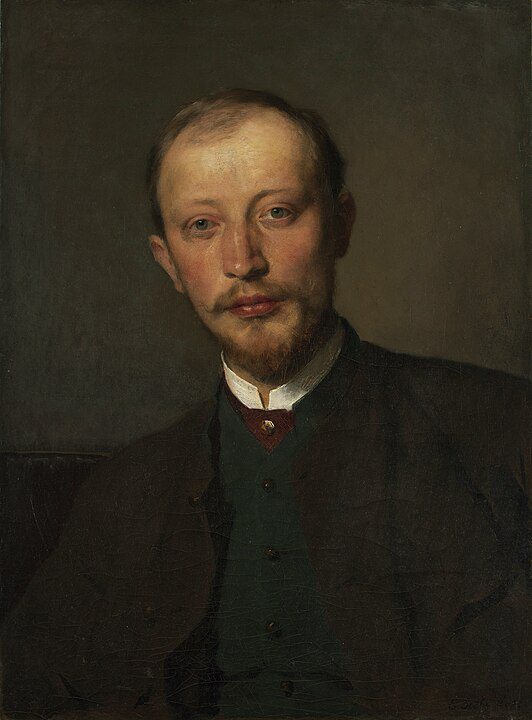
In sum, Ernst Stöhr was a polymath whose work transcended the boundaries of individual artistic disciplines, reflecting a deep engagement with the cultural and existential questions of his time. His legacy, though rooted in the specific historical context of turn-of-the-century Vienna, continues to resonate, offering insights into the enduring power of art to reflect and shape human experience.


